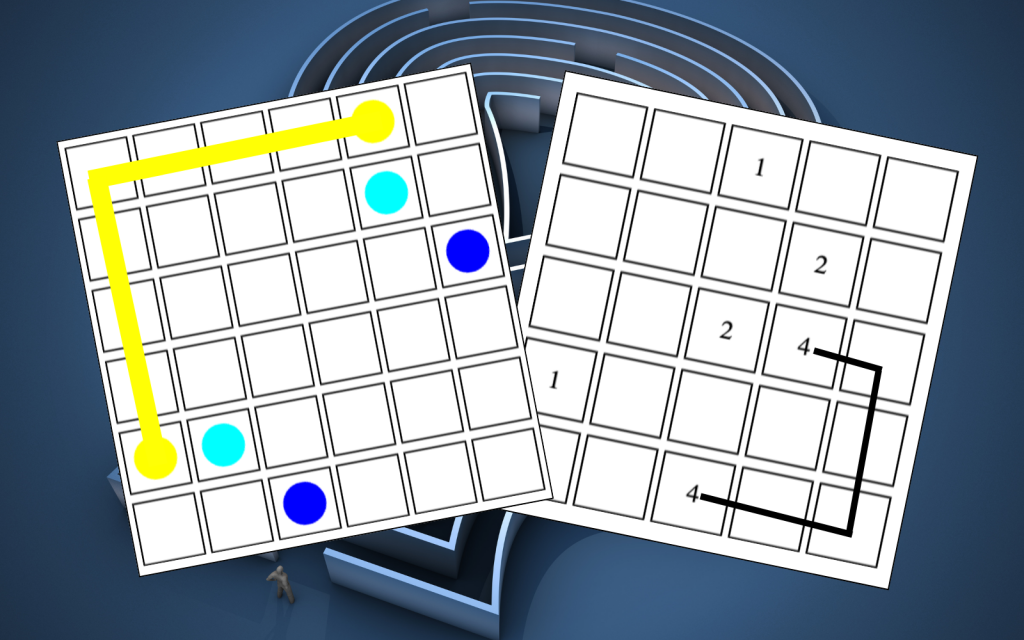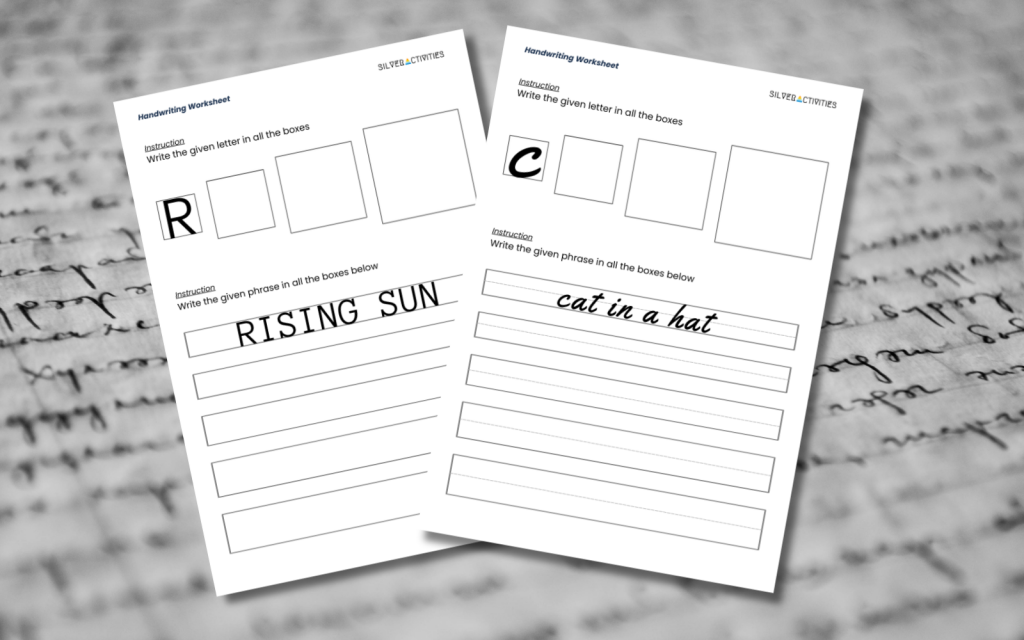For individuals living with Parkinson’s disease, maintaining functional independence in daily activities is not just essential for physical well-being but also for emotional and psychological health. This blog will discuss two main types of activity sheets designed to assist those with Parkinson’s.
Flow Link Sheets
Flow link sheets involve connecting identical numbers or colored dots, drawing inspiration from maze-like puzzles. This simple yet engaging activity demands a harmonious interaction between cognitive and motor domains. Based on research, mazes and puzzle-like activities can mimic complex day-to-day activities that demand planning, problem-solving, attention, and visuospatial skills, all of which can be affected in Parkinson’s.

What You Need:
- Flow link sheets with varying degrees of complexity.
- A writing instrument, preferably with a non-slip grip or a larger size for easy holding.
How to Use Flow Link Sheets:
- Begin by identifying pairs of identical dots or numbers.
- Connect each pair using continuous lines, ensuring they don’t intersect with other lines.
- Only horizontal or vertical connections are allowed.
- Aim to complete the puzzle efficiently, minimizing the number of moves.
The Benefits:
- Cognitive Engagement: Mazes are complex tasks requiring visual-motor planning and problem-solving abilities. Solving these tasks necessitates attention, visuospatial and executive functions like planning and problem solving.
- Motor Skill Enhancement: Drawing paths or flows on these sheets not only engages cognitive processes but also the visuomotor functions, which are critical for everyday activities.
Handwriting Worksheets
Parkinson’s often leads to a phenomenon called micrographia – a condition where handwriting becomes progressively smaller and more cramped. This is due to the rigidity and slowed movements associated with the disease. By consciously making an effort to write bigger, people living with Parkinson’s can counteract this tendency, ensuring that their writing remains legible and functional.

What You Need:
- Handwriting worksheets
- A pen with a comfortable grip.
Warm Up:
- Engage in the air writing
- Rotate a small object within your hand or transfer it between fingers.
- Lift each finger individually or form an “O” shape by touching each finger to your thumb.
- Squeeze objects like Theraputty or stress balls.
How to Use Handwriting Worksheets
- Start by writing letters in the smallest box.
- Gradually move to larger boxes, consciously increasing the size of the handwriting.
- Ensure that the letters touch both the upper and lower boundaries of the provided space.
- Aim to fill the entire space between the lines as the gaps widen.
Final Thoughts
Motor skill challenges are common among those with Parkinson’s, but with the right tools and exercises, improvements are attainable. These activity sheets not only offer an avenue for skill development but also provide cognitive stimulation, making them an excellent resource for those affected by Parkinson’s.

